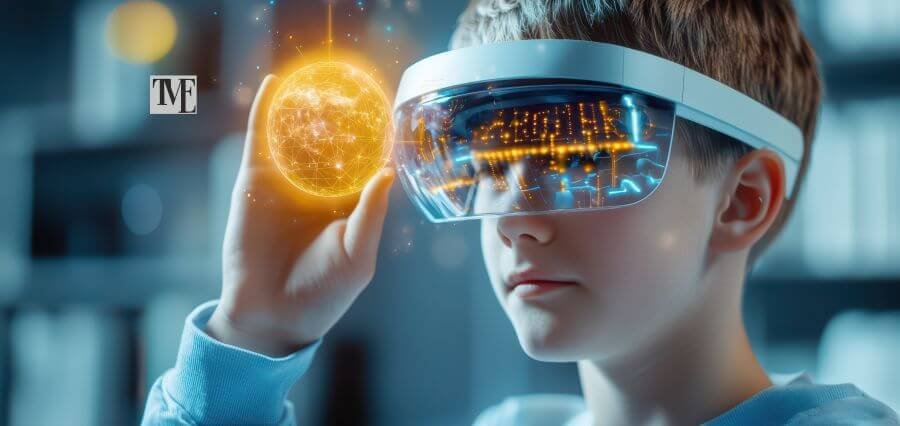Under the globally fast-evolving environment of the contemporary world, continuous learning has gone beyond the boundaries of traditional education. Lifelong learning has become a central factor in personal and professional development. However, with an information-overloaded and distracting world, old methods of learning might be ineffective anymore. Innovative self-learning methods offer adaptable, tailored, and effective means of acquiring new skills and remaining current in a changing environment.
This article demonstrates the important strategies for starting lifelong learning using innovative self-learning.
Adopting Adaptive Learning Technologies
Among the most innovative self-study trends is the incorporation of adaptive learning technology. These sophisticated systems personalize learning material to a student’s pace, interests, and performance. Sites like Coursera, Khan Academy, and Duolingo rely on algorithms to modify levels of difficulty, offer specific feedback, and recommend the next step according to the individual student’s progress. It not only increases engagement but also maximizes knowledge retention by limiting frustration and information overload.
Second, adaptive learning encourages independence. Students are able to control the speed and intensity of their own education, transcending inflexible curricula. As technology advances with ongoing developments in artificial intelligence and machine learning, these platforms will continue to be more intuitive, making learning a more natural, interactive experience. The addition of such programs to one’s own learning process provides quantifiable improvement and ongoing realignment, providing ongoing intellectual growth over time. Adaptive learning systems are used more and more in the workplace to train and upskill workers, delivering just-in-time, scalable training. Organizations benefit from data-driven insight into workforce learning behaviors, and learners get career-mapped, bite-sized learning at the moment of need.
Apply Microlearning and Digital Curation
Microlearning is the newest fad that engages with content in very short, targeted morsels. The strategy resonates with contemporary attention spans as well as hectic lifestyles and renders learning more approachable and less overwhelming. Through the segregation of complicated subjects into small bites—like five-minute videos, flashcards, or infographics—learners can include learning into everyday routine without interruption. Whether commuting to a job or picking up a coffee, microlearning can enable turning idle minutes into growth minutes.
Complementing microlearning is digital content curation as a discipline. With all the content on the web, how one determines high-quality, appropriate content is as much a skill as a problem. Self-learners need to master sifting information appropriately, through the use of tools such as RSS feeds, content aggregators, and curated newsletters. Learning to curate their own “digital syllabus” guarantees productive thinking and guarantees learning time that is productive and worthwhile. Microlearning combined with digital curation enables one to create personalized, adaptable learning spaces responsive to personal goals. Second, curation encourages interdisciplinarity. Students can blend viewpoints from multiple fields—technology, psychology, business, science—to construct a complex, rich picture of the world.
Developing a Growth Mindset and Reflective Practice
At the heart of lifelong learning is the psychological underpinning of growth mindset—a state of mind in which one anticipates one’s abilities and intelligence to be shaped by effort and stick-to-it-iveness. Popularized by psychologist Carol Dweck, growth mindset holds that setbacks are not barriers to be overcome, but opportunities. That mindset is perfect for a self-paced learning environment, in which plateaus and setbacks are inevitable. Embracing a growth mindset promotes grit and inspires self-motivation, both crucial to long-term educational endeavor over a lifetime. Also critical is incorporating reflective practice into learning. Reflection makes experience into knowledge. Through ongoing review of what is being learned, how the learning has been used, and in which areas improvements are required, students can hone approaches and solidify knowledge.
These include journaling, self-assessment rubrics, and learning portfolios, which are useful aids in establishing this habit. Reflective practice not only deepens self-understanding but also insight, and learning becomes more than the collection of facts—rather, it is a process of personal growth. The integration of mindfulness and metacognitive approaches into reflective practice can enhance it further. With awareness of one’s own thought processes, students are able to establish strengths and weaknesses, choose the right strategies, and evaluate progress accordingly. Ongoing awareness leads to more strategic and intentional learning so that each experience adds to long-term development positively. In professional growth, creative pursuit, or individual interests, reflective learning initiates continuous change and adjustment.
Conclusion
Constant learning is not a luxury but a necessity in today’s fast-evolving world. With the addition of innovative self-learning strategies such as adaptive technologies, microlearning, digital curation, and growth mindset development, humans can master their own learning journey and reinvent themselves at all times. These strategies make learning more effective, tailored, and immersive, allowing individuals to stay curious, adaptable, and skilled throughout their lifespan. Where societies and economies are being re-configured by global transformation and automation, those who undertake life-long learning will be best positioned to survive. Learning does not stop at the classroom or in professional success—it is an ongoing process augmented by creativity, introspection, and the need to transform.
Read More: Reinventing Leadership: Embracing Innovative Leadership Trends for Success





